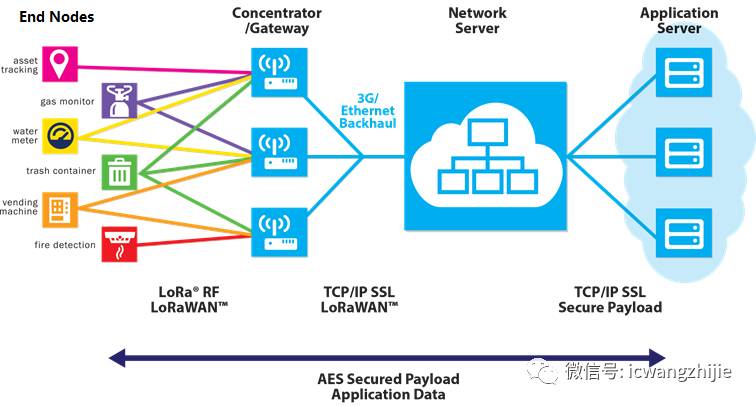
LoRaWAN network architecture diagram
End Nodes
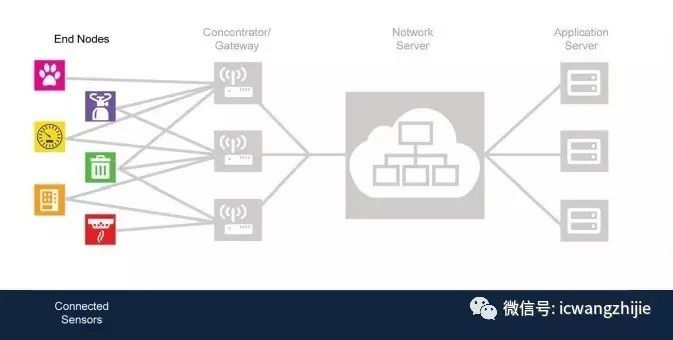
In the above LoRaWAN network architecture diagram, the end nodes are on the far left, asynchronously broadcasting data packets to the network. Following the Aloha network specification, it ensures that terminal devices can remain in idle mode most of the time, consuming less than 1uA. This method ensures that applications on small batteries can achieve a lifespan of 10 to 15 years.
Due to its low power consumption, LoRaWAN networks are the most suitable technical choice for Aloha medium access network specifications, operating primarily in the ISM frequency band. In the unlicensed frequency band, the quality and accessibility of the medium cannot be guaranteed, meaning that any type of time-division multiple access technology will face channel availability issues. Time-division multiple access requires device synchronization, which can incur significant costs on terminal devices and may be incompatible with some use cases in LPWA.
Concentrator/Gateway
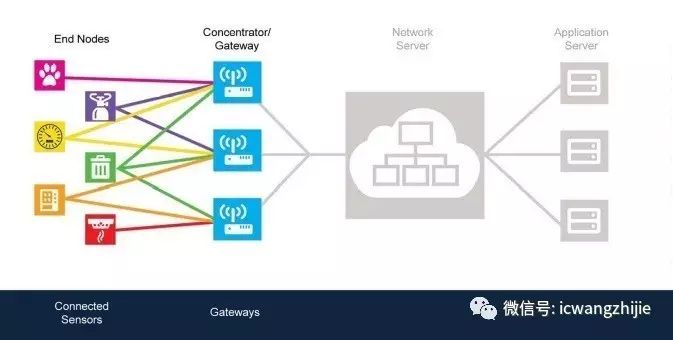
Data packets broadcast by end nodes will be received by one or more gateways in the network. The gateway is a multi-channel and multi-data-rate RF embedded device that can scan and detect data packets on any active channel and demodulate them.
The gateway serves as a simple communication channel to the core network, and they typically do not have built-in intelligent processing. This has two main advantages:
-
The gateways are composed of very simple, inexpensive hardware.
-
No need for roaming from unit to unit. End nodes broadcast their packets without needing to consider which gateway will receive them, and multiple gateways can receive the packets without any impact on their energy consumption. There is no need for a handover process or synchronization.
Backhaul
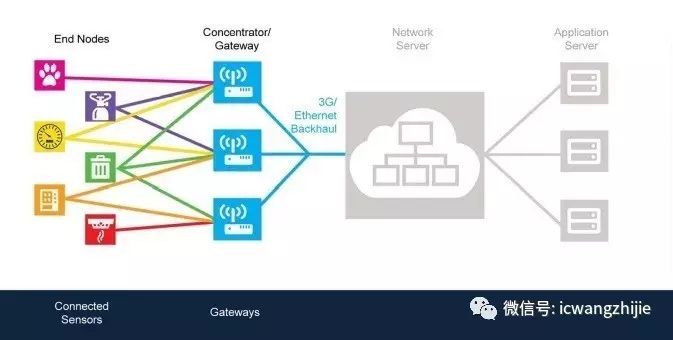
Gateways typically require an Ethernet backhaul. However, some current deployments use 2G, 3G, or 4G as backhaul. For example, some companies in the LoRaWAN ecosystem have proposed an alternative solution that uses satellites as backhaul in areas without cellular network signal coverage.
Network Server
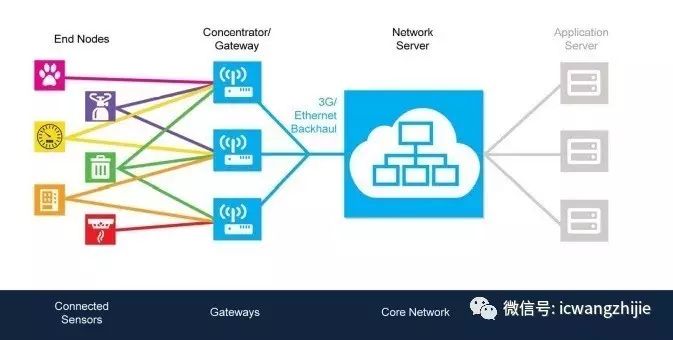
The core network is an important part of the LoRaWAN system. It carries all the necessary intelligence to manage the network and distribute data to other servers. Some functions include:
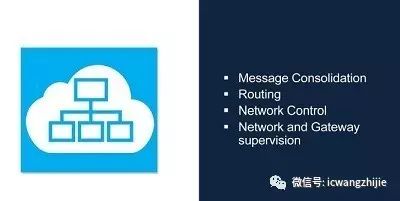
-
Message consolidation: Multiple copies of the same data packet from multiple gateways are forwarded to the network server. The network server records these packets, analyzes the reception quality, and informs the network controller.
-
Routing: For downlink, the network server decides the best route to the end node. Typically, this decision is based on the link quality indication of previously transmitted packets, calculated from the Received Signal Strength Indicator (RSSI) and Signal to Noise Ratio (SNR).
-
Network control: Link quality also helps determine the most relevant communication rate or spreading factor for a given end node. This is what we call ADR (Adaptive Data Rate), or adaptive data rate strategy, which is handled by the network controller.
-
Network and gateway monitoring: Gateways are typically connected to the network server via encrypted IP links. The network usually includes gateway management and monitoring interfaces, allowing network providers to manage gateways, handle faults, monitor alarms, and other functions.
Additionally, the core network also communicates with other servers, organizes roaming, connects to customer application servers, etc.
Application Server
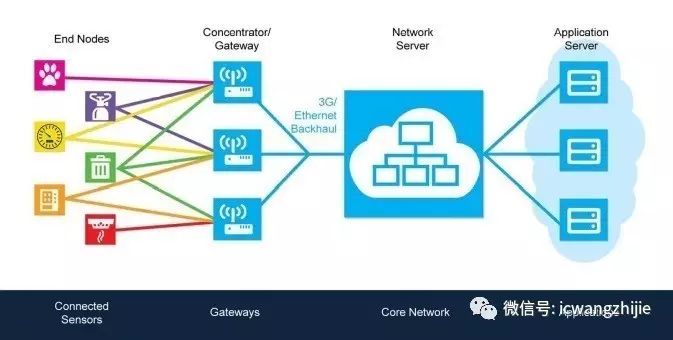
The LoRaWAN protocol supports different types of networks. Some network providers are also application providers. Therefore, in the LoRaWAN network architecture diagram, the application server on the far right can be hosted separately from the network server or integrated with the network server.
The onboarding scheme of LoRaWAN is prepared to support this “multi-tenant network” scenario, where many different application providers offer heterogeneous applications.
-
The Origin of LoRaWAN
